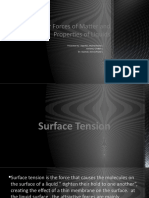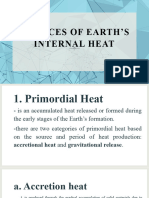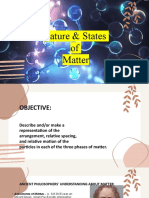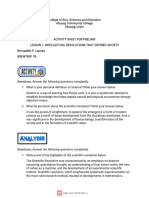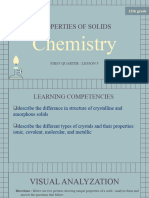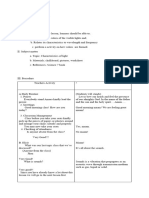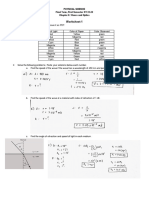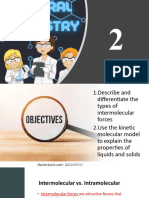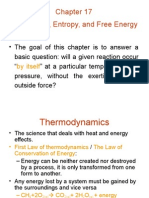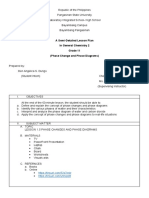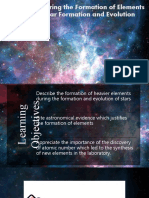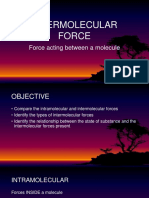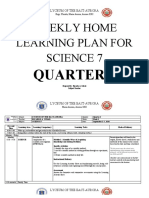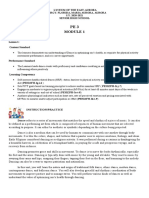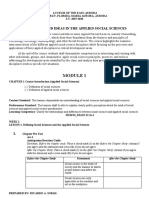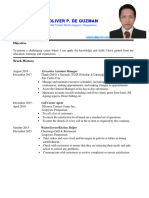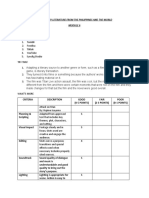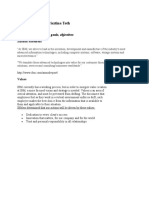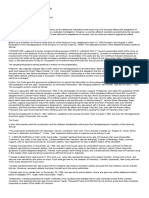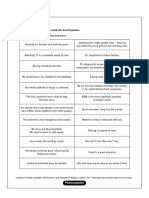0% found this document useful (0 votes)
302 views11 pagesPPT
Science, technology, and society have interacted in complex ways throughout history. During ancient times, early scientific developments helped societies and led to new technologies. In the Middle Ages and Scientific Revolution, Greek philosophers established natural science as a field of study, while technological advances accelerated during the Industrial Revolution. The 20th century saw unprecedented growth in science and technology alongside new challenges like world wars and the rise of totalitarian regimes. Advanced technologies have been crucial to scientific progress, while scientific and technological changes have dynamic relationships and impacts on societies over time.
Uploaded by
Ricardo Acosta SubadCopyright
© © All Rights Reserved
We take content rights seriously. If you suspect this is your content, claim it here.
Available Formats
Download as DOCX, PDF, TXT or read online on Scribd
0% found this document useful (0 votes)
302 views11 pagesPPT
Science, technology, and society have interacted in complex ways throughout history. During ancient times, early scientific developments helped societies and led to new technologies. In the Middle Ages and Scientific Revolution, Greek philosophers established natural science as a field of study, while technological advances accelerated during the Industrial Revolution. The 20th century saw unprecedented growth in science and technology alongside new challenges like world wars and the rise of totalitarian regimes. Advanced technologies have been crucial to scientific progress, while scientific and technological changes have dynamic relationships and impacts on societies over time.
Uploaded by
Ricardo Acosta SubadCopyright
© © All Rights Reserved
We take content rights seriously. If you suspect this is your content, claim it here.
Available Formats
Download as DOCX, PDF, TXT or read online on Scribd
/ 11


